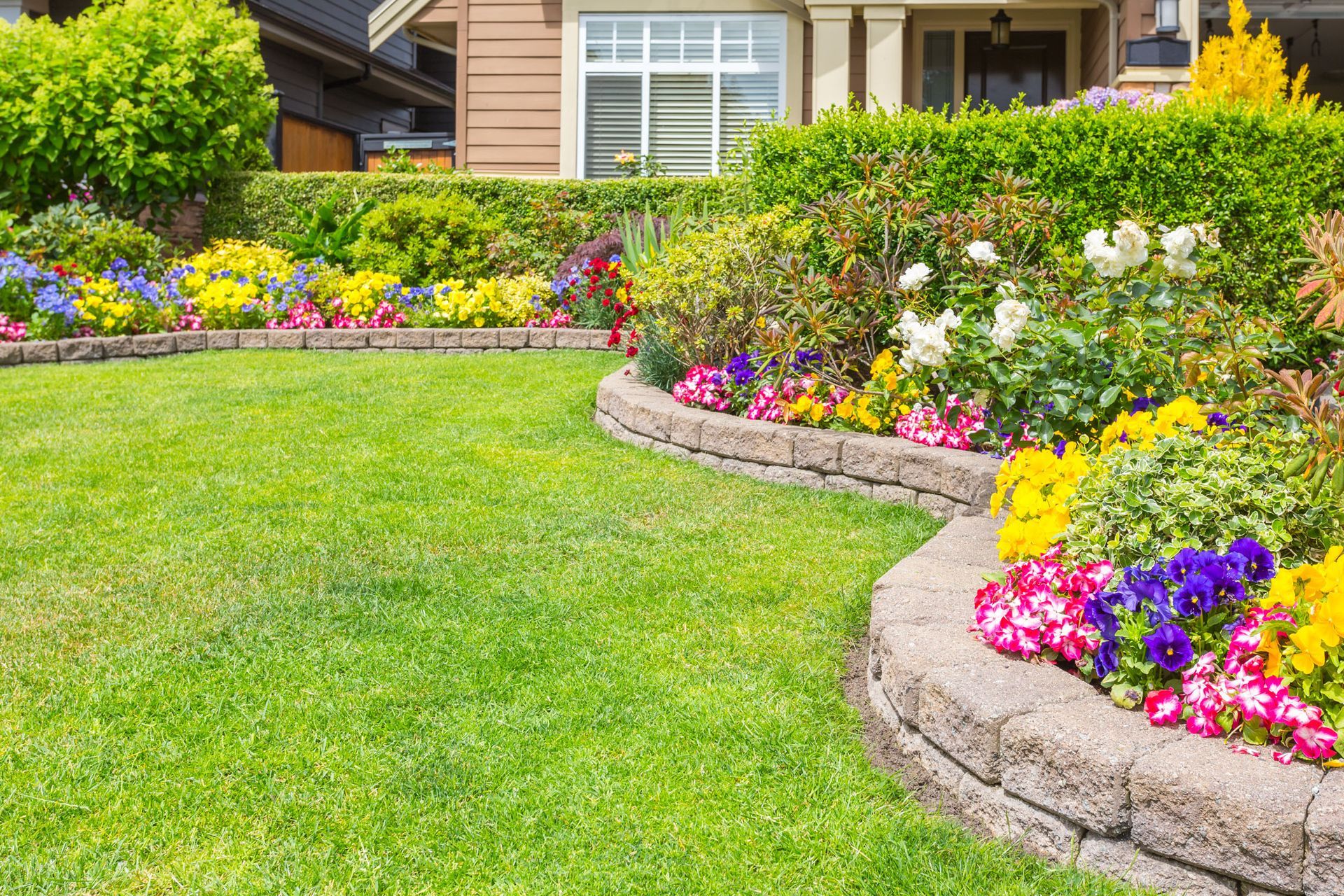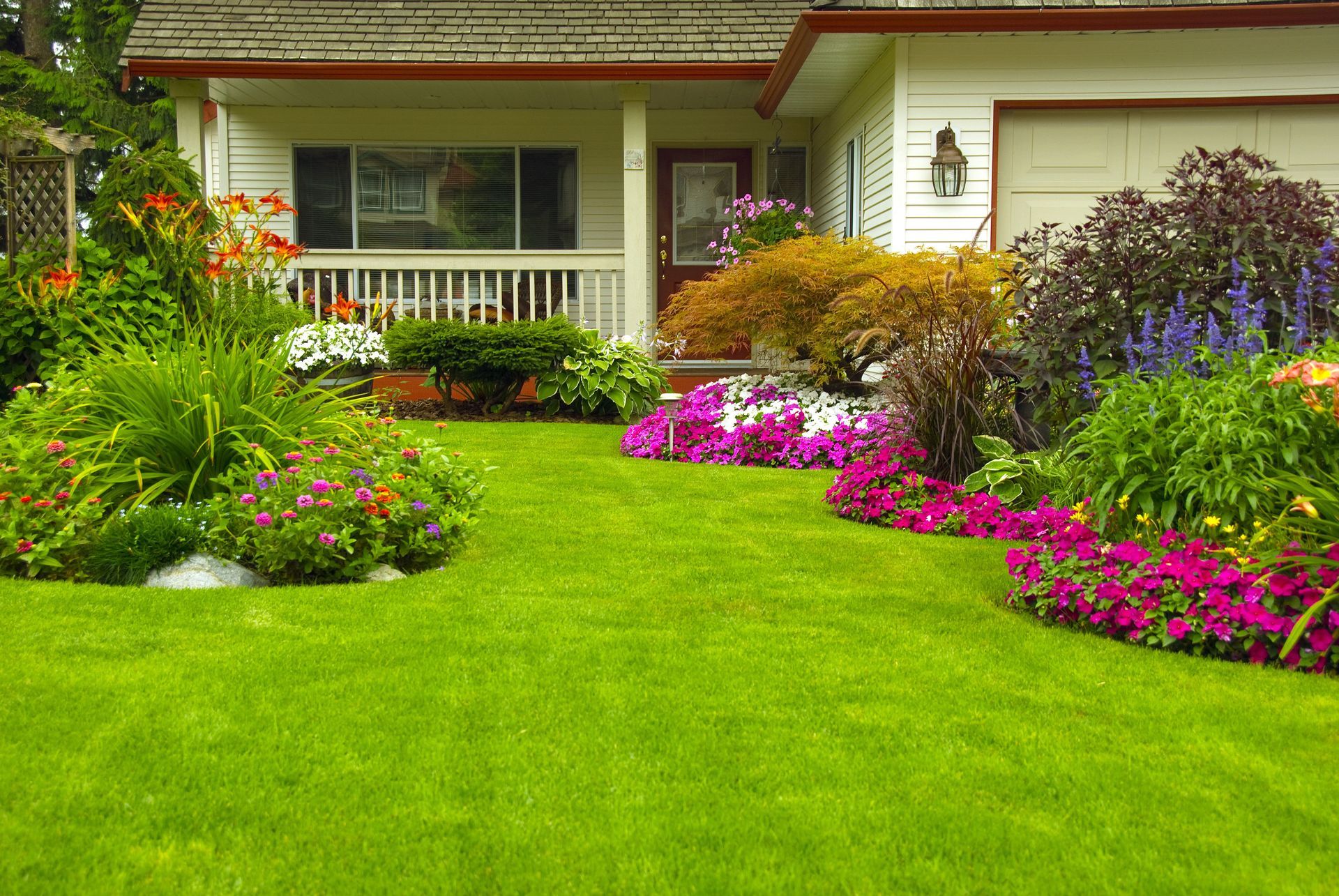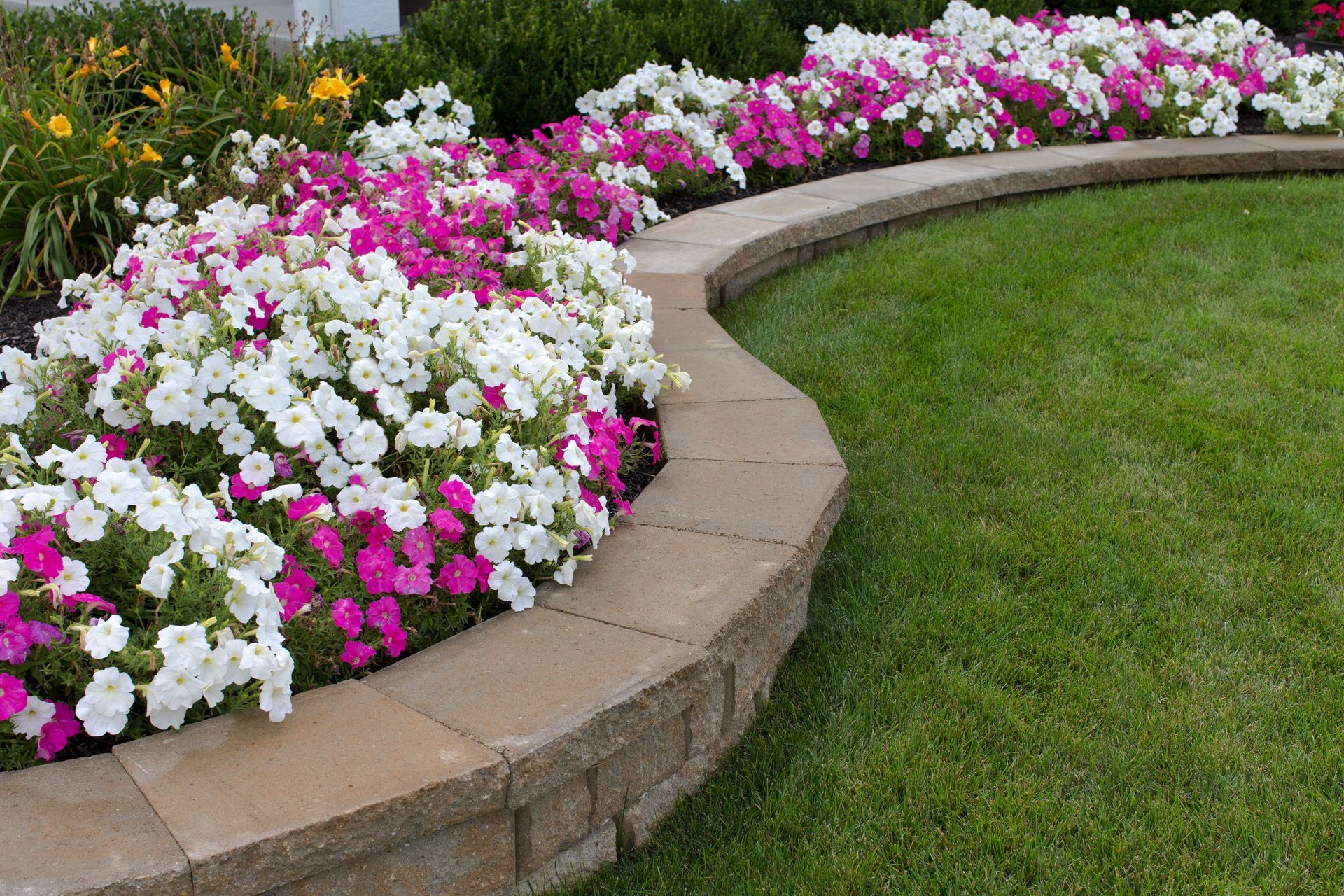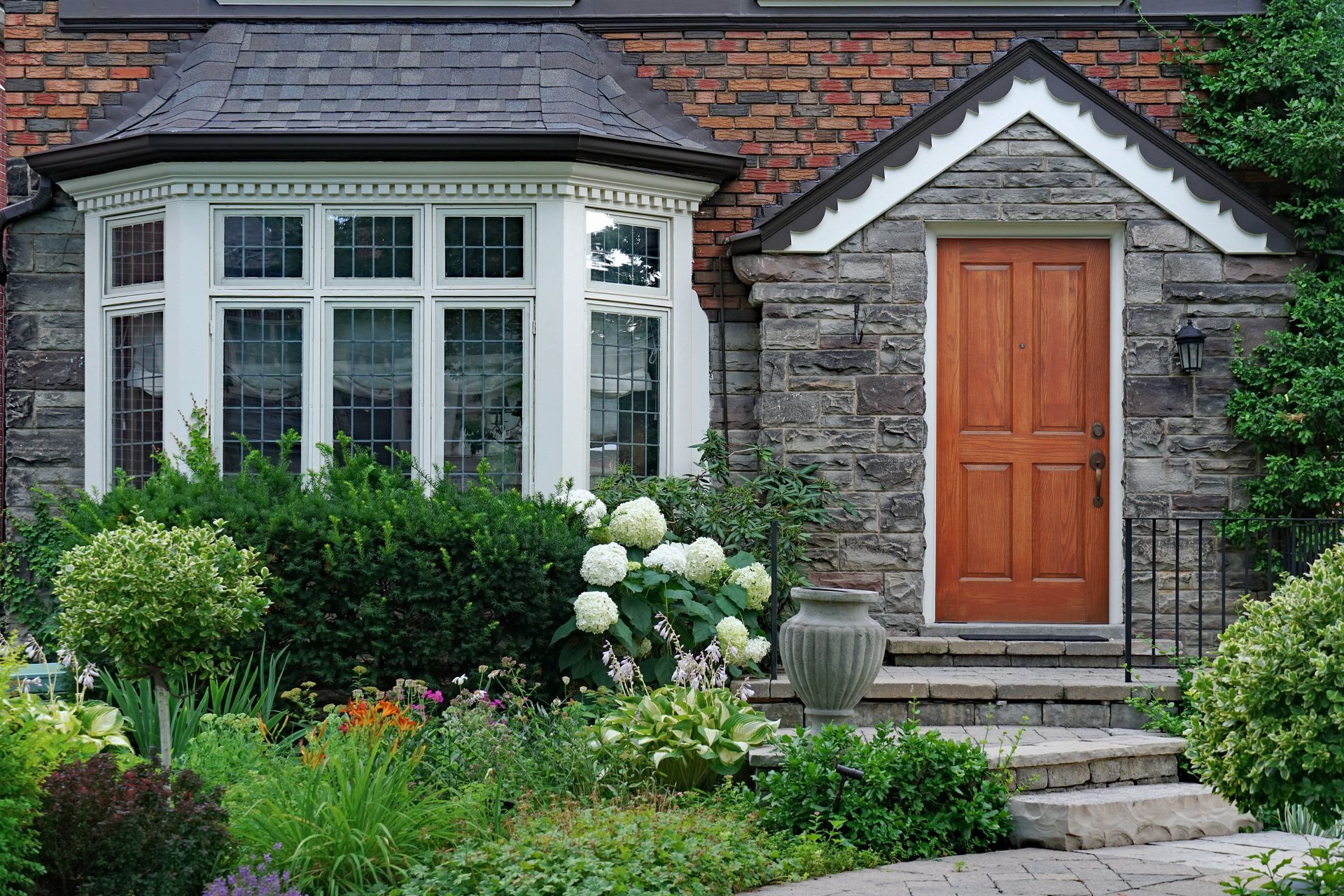Where family, quality and service grow together!
Serving the Tri-State Area
Teaching Your Children About Outdoor Exploration and Safety
This is a subtitle for your new post

Image via Pexels
Television, movies, and video games are fun, but if those are the only activities your children like to engage in during their free time, they are missing out big time. As animals, humans evolved under sunshine and fresh air; we need it for development. Playing outdoors makes children smarter, happier, less anxious, and more attentive compared to their sedentary peers. Furthermore, fresh air promotes a healthy immune system, regulates sleep, and reduces stress.
The long and the short of it is simple: kids need to spend time outdoors. Of course, when encouraging children to play outdoors, parents want to ensure they do so safely. Here are some essential safety rules to instill when teaching your children about outdoor exploration and safety.
Outdoor Safety Rules for Kids
Establish Boundaries
One of the best ways to keep kids safe is by keeping them away from precarious situations. When playing outdoors, establish boundaries where they are not allowed to go. If you are sticking to your neighborhood or yard, the natural boundaries would be the street. Of course, this may not be necessary depending on your particular living situation. If you are exploring a park or nature trail, make sure your children know not to wander off the beaten path and to stay within your eyesight at all times.
Stay Present
Kids have a tendency to get lost in their own little worlds. While it is great for a child to have an active imagination, you don’t want them to follow it into a dangerous situation. Tell your children about the dangers of wandering off and make it a rule for them to stay both physically and mentally present within the established boundaries.
If Lost, Sit Tight!
When a child is lost, the best thing they can do is stay put. Wandering off more or trying to find grown-ups can make them even more lost, exacerbating the situation. Teach your child to sit tight once they realize they are lost.
Don’t Speak to Strangers
The U.S. Office of Juvenile Justice and Delinquency Prevention reports that about 115 children per year nationwide are kidnapped by strangers and not returned to their families. No matter how friendly they seem, even if they say they know mom and dad, your child should not speak to strangers. Instead, establish a special code word your child will recognize. If you end up working with neighbors your child might not know, you can pass that code word to those you trust in case they find your child first.
No Eating Strange Things
It’s always a good idea to remind kids not to eat something weird. Teach your children that even if it looks edible, it could be dangerous to consume something you find outdoors. The only thing they should consume on the playground is plenty of water from the water fountain.
Fun Outdoor Activity Ideas
Now that you’ve established outdoor safety rules, it’s time to play! Spending time with your children outside is a great opportunity for family bonding. Try some of the following activities both you and your kids will love.
- Bird watching
- Geocaching
- Backyard camping
- Backyard “rockhounding”
- Treasure hunts
- Opening a lemonade stand
- Hiking
- Playing sports or outdoor games
Kids need the fresh air and sunshine playing outdoors provides. When teaching your children about outdoor safety, set boundaries and advise your children to stay both mentally and physically present. Make sure your kids know if they get lost to sit tight and stay where they are while you search for them. They should never speak to strangers, but you can establish a code word friends and family can use to signal that they are a safe adult your child can trust. Finally, as silly as it sounds, teach your child to never eat strange things outdoors, but make sure they know the importance of staying hydrated.
VISIT US
HOURS











Share On: